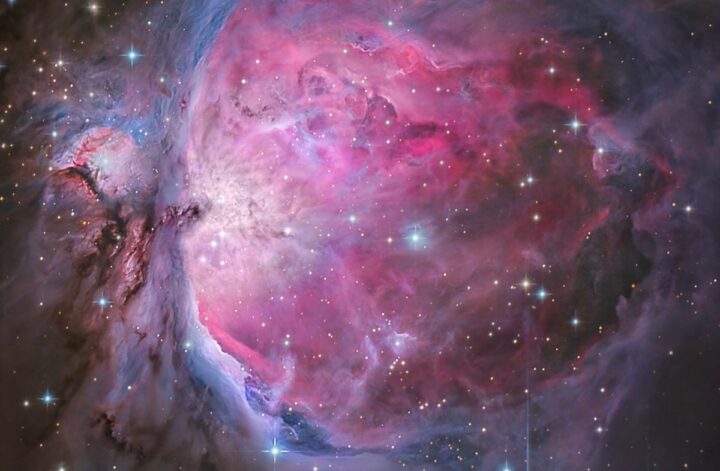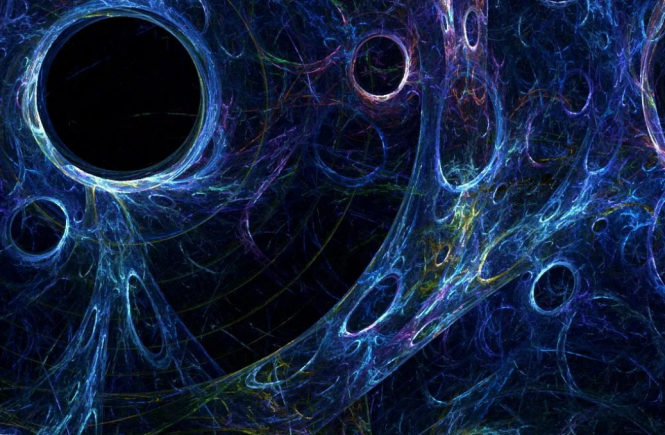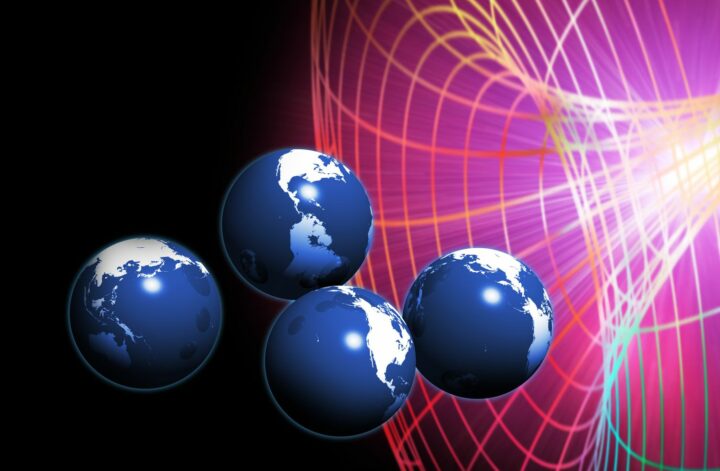Being fascinated by the night sky is undoubtedly one of the most common feelings all humans share. Assigning meaning to the gluing tiny dots in the night sky has been a struggle for human beings.
- Orion Nebula is one of the brightest, photographed and scrutinized body of interstellar clouds.
- Also known as M42, it is 1,500 light-years away, making it the closest large star-forming region to earth.
- It can be spotted with the naked eyes, its best observed during january.
- Vast numbers of new stars are born in this enormous cloud of dust.
- The study of Orion Nebula has revealed much about the process of how stars and planetary systems are formed from collapsing clouds of gas and dust..
- Once formed, stars within the nebula emit a stream of charged particles known as a stellar wind.
- Orion Nebula is populated with 700 stars in various stages of formation, the stars are less than a million years old.
- Astronomers have also uncovered Protostarts – unborn suns still incubating inside dense clumps of gas.
- Orion Nebula has been confirmed to be a prolific cradle of starbirth.




